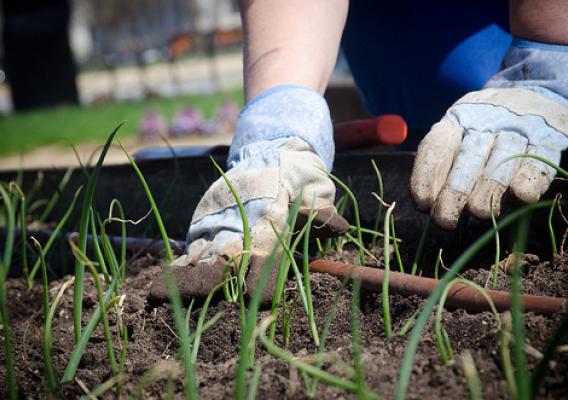A bout of flooding and tornadoes throughout parts of the Southeast have left thousands of people in need. Several USDA agencies have been working for weeks with state and local officials, as well as individuals, businesses, farmers and ranchers, as they begin the process of helping to get people back on their feet. USDA offers a variety of resources for states and individuals affected by the recent disasters. Just last week, USDA Under Secretary for Rural Development Dallas Tonsager and Acting Under Secretary for Farm and Foreign Agricultural Services Michael Scuse toured several states and met hundreds of folks affected by recent disasters.
It makes me glad that our programs are helping storm victims get back on their feet. I accompanied Donald Arnette, USDA’s Food and Nutrition Service’s (FNS) Southeast Regional Administrator, on a recent tour to assure those in need and eligible that they would receive disaster nutrition assistance at any of the following locations: disaster shelters, feeding sites, Disaster Supplemental Nutrition Assistance Program (DSNAP) sites, and food banks. The FNS disaster nutrition assistance available to eligible individuals include: DSNAP; the Special Supplemental Nutrition Assistance Program for Women, Infants and Children (WIC); and USDA Foods distributed through the Commodity Supplemental Food Programs, which also includes The Emergency Food Assistance Program (TEFAP).






